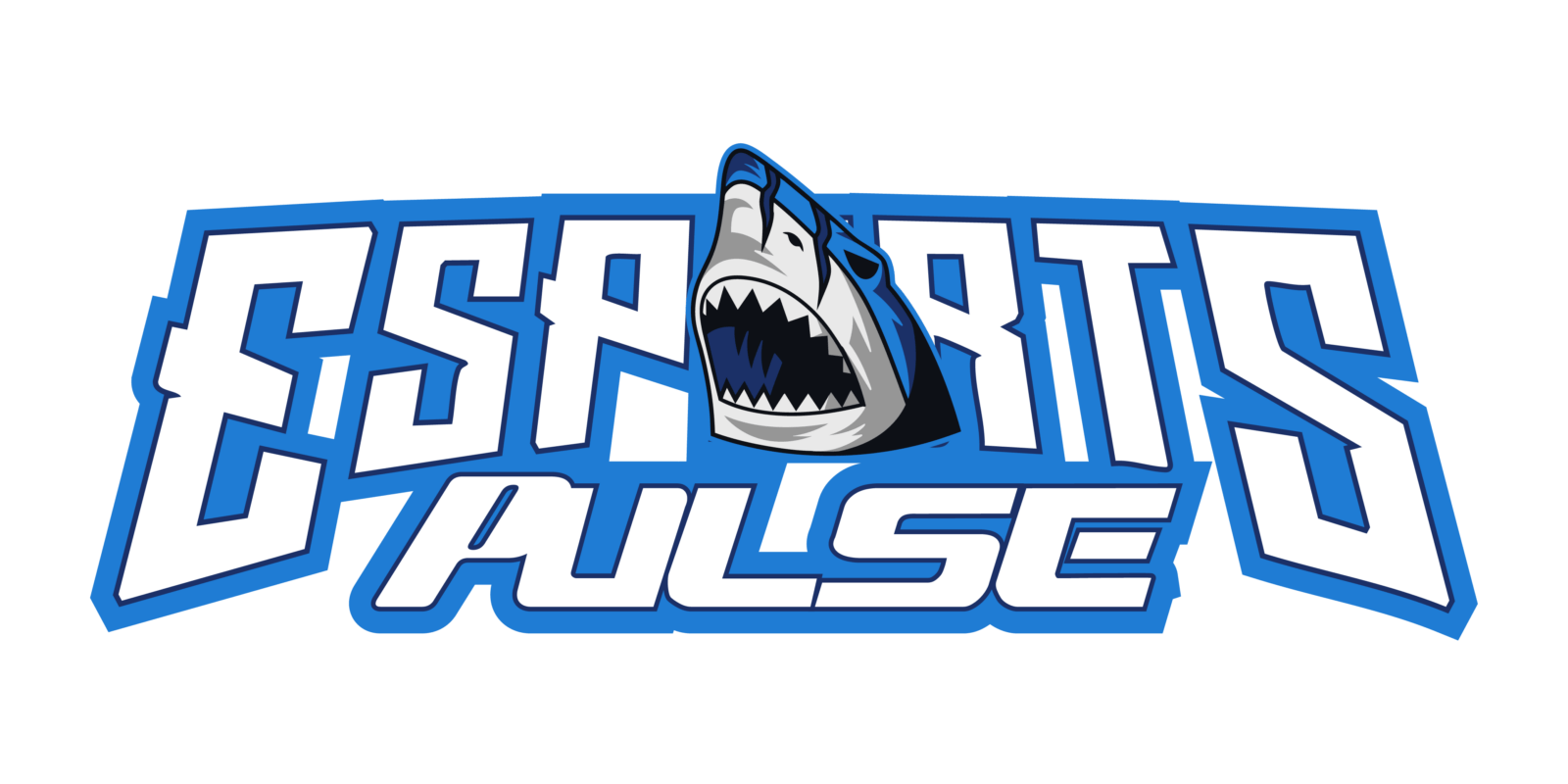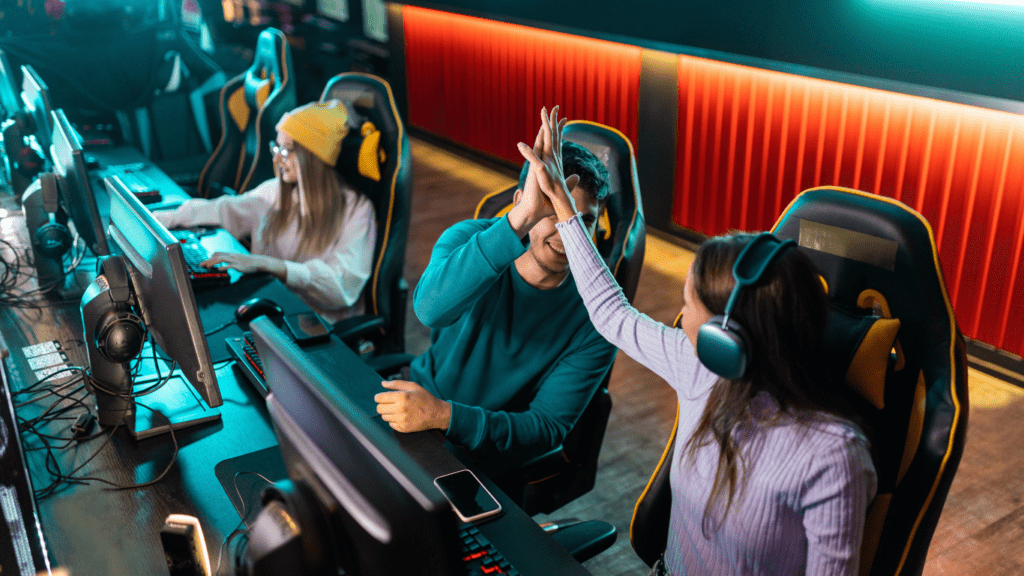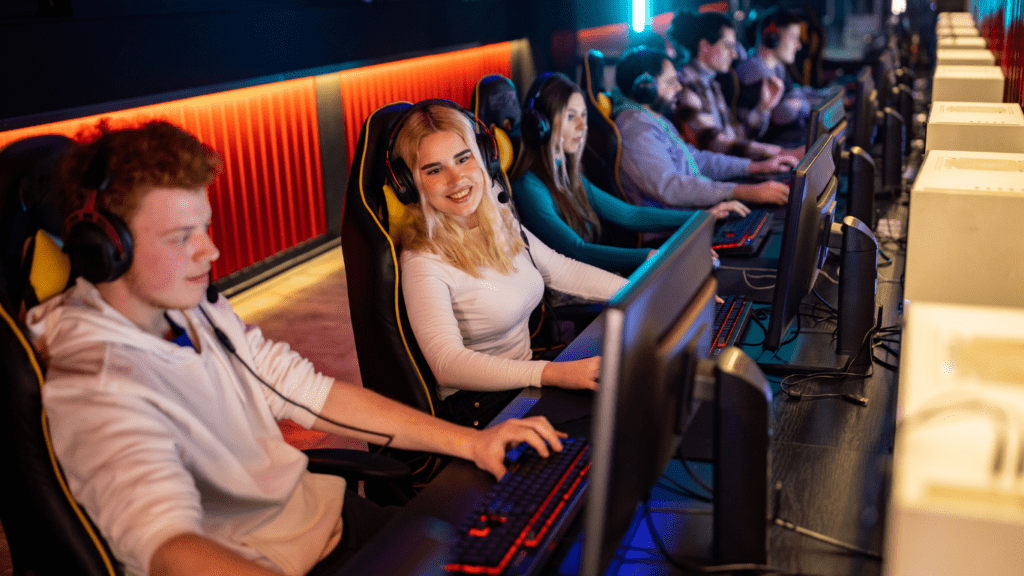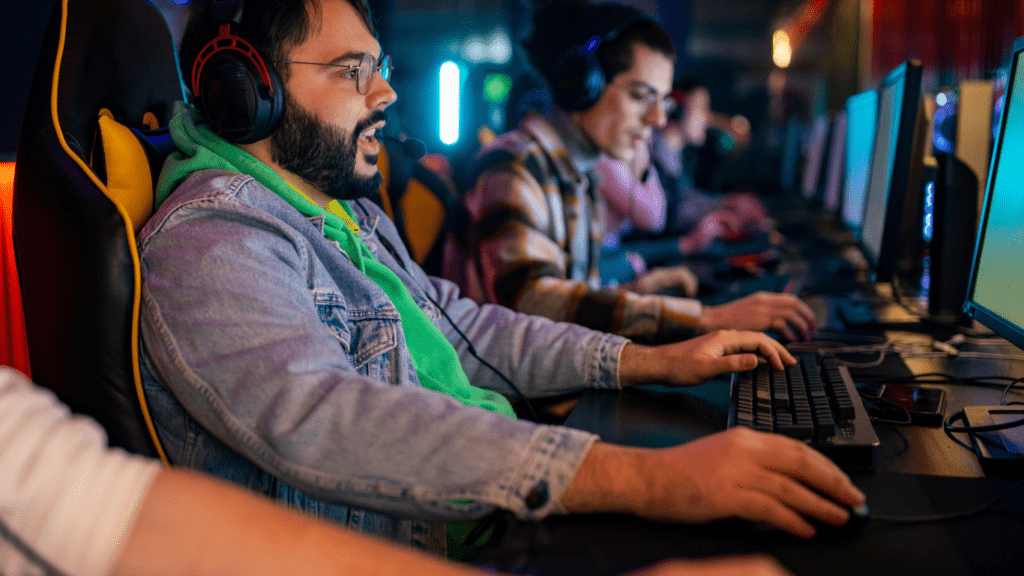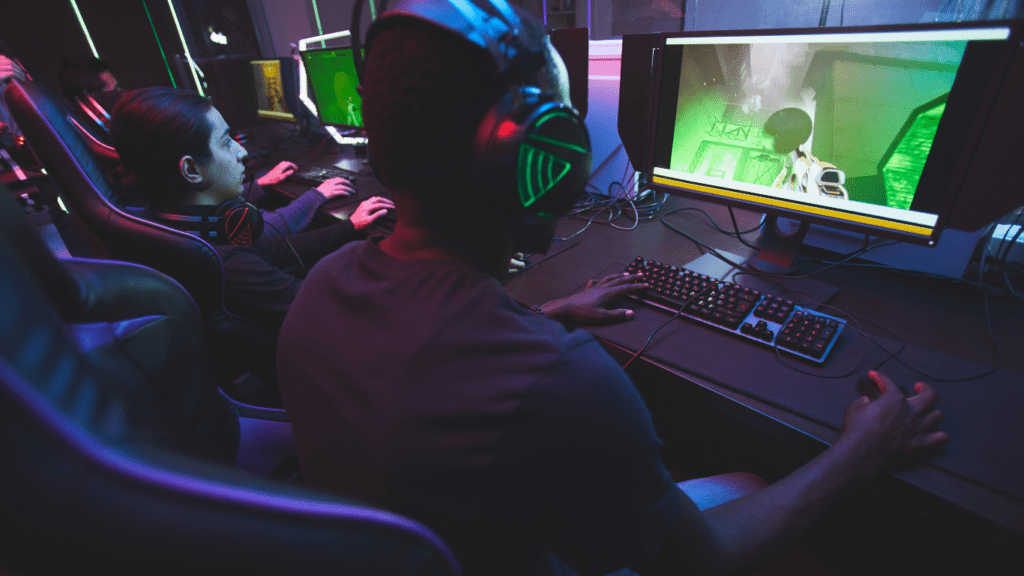Ever found yourself yelling strategies into your mic only to watch your team spiral into chaos? I’ve been there, and I know how frustrating it can be when communication breaks down mid-game. Whether you’re climbing the competitive ranks or just trying to dominate your favorite multiplayer, mastering in-game communication is a game-changer.
Understanding Pro-Level Communication
Mastering pro-level communication elevates team coordination in multiplayer games. It ensures every team member contributes effectively toward shared objectives.
What Is In-Game Team Coordination?
In-game team coordination involves synchronizing individual player actions to achieve a group’s goals. This synchronization combines strategic planning, real-time execution, and adaptive problem-solving. For example, in tactical shooters, one player might provide cover fire while another secures an objective. Effective coordination minimizes errors and maximizes each player’s skills.
Why Communication Is Key to Team Success
Communication provides the foundation for seamless teamwork. It builds situational awareness, allowing players to make informed decisions. Clear callouts, for instance, alert teammates about enemy positions or help track critical objectives. When done consistently, effective communication fosters trust and ensures every team member stays aligned, even under pressure. Without it, split-second missteps can cost the game.
Essential Elements of Effective Communication
Effective communication in gaming ensures smooth coordination and minimizes errors. It relies on key factors that help teams operate efficiently under dynamic conditions.
Clarity and Brevity
Delivering clear and concise messages reduces confusion and reaction time. Players benefit from using direct instructions like:
- enemy left
- push mid
- need backup
Streamlined phrases ensure everyone quickly understands the situation. Avoiding unnecessary words prevents key information from getting lost during critical moments.
Active Listening Within the Game
Listening actively ensures that each player’s input contributes to team actions. I focus on teammates’ calls, process them, and respond appropriately. For example, acknowledging information like “enemy spotted at A” with “rotating to A” increases trust and accountability. Ignoring or missing calls can cause lapses that impact results.
Timing and Relevance
Sharing information at the right moment supports better decision-making. Immediate updates, such as “defuse now” or “sniper near spawn,” allow the team to adapt effectively. Irrelevant or delayed input risks wasting time or creating distractions. Targeted communication keeps actions aligned with current priorities.
Tools and Strategies for In-Game Coordination

Effective coordination depends on choosing the right tools and implementing structured strategies. Strong communication bridges the gap between planning and execution, ensuring smoother teamwork.
Voice Communication Platforms
- Voice communication platforms provide real-time interaction to facilitate faster decision-making.
- Applications like Discord and TeamSpeak offer reliable voice channels with minimal latency.
- These platforms support private team servers, reducing external distractions and ensuring clear in-game discussions.
- Integrated tools like voice activation and noise suppression further enhance clarity.
- Games with built-in voice chat, such as Overwatch or Apex Legends, simplify communication without requiring external software.
- Customizing settings, like adjusting volume levels or muting unnecessary channels, helps optimize team interactions.
Utilizing Pings and Visual Cues
Pings and visual cues supplement verbal communication by conveying critical information non-verbally. Many games like League of Legends and Valorant feature advanced ping systems for marking enemy positions, setting objectives, or signaling caution. These functions allow quick, context-relevant updates without disrupting gameplay flow.
Customizing ping types for frequent actions aligns the team with shared goals. Additionally, pairing pings with map overlays or indicators improves clarity, particularly for players with varying communication styles or technical limitations.
Developing a Communication Framework
Structured frameworks standardize communication, ensuring consistency across all team interactions. Designating roles and assigning responsibilities minimizes overlapping instructions. For example, a shot-caller focuses on strategic directives, while a support player prioritizes situational updates.
Establishing callout terminology helps streamline instructions. Using clear, pre-defined phrases like “rotate mid” or “focus target X” reduces ambiguity during intense gameplay. Scheduling pre-match discussions and post-match reviews reinforces team alignment and refines strategies over time.
